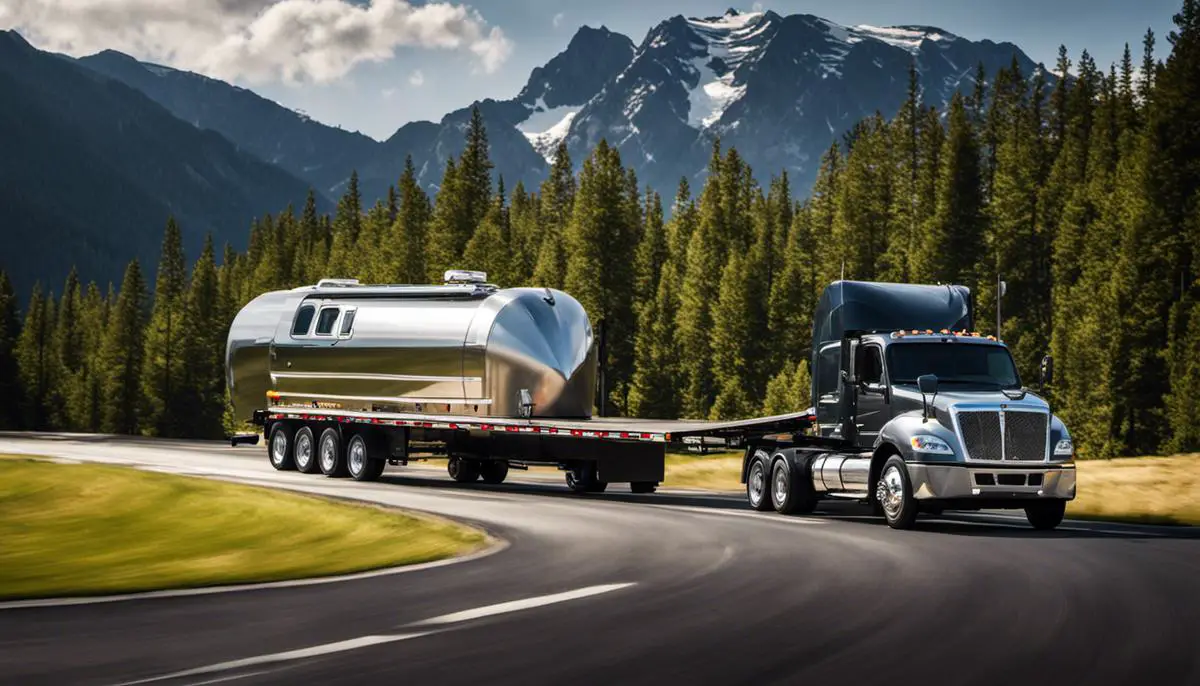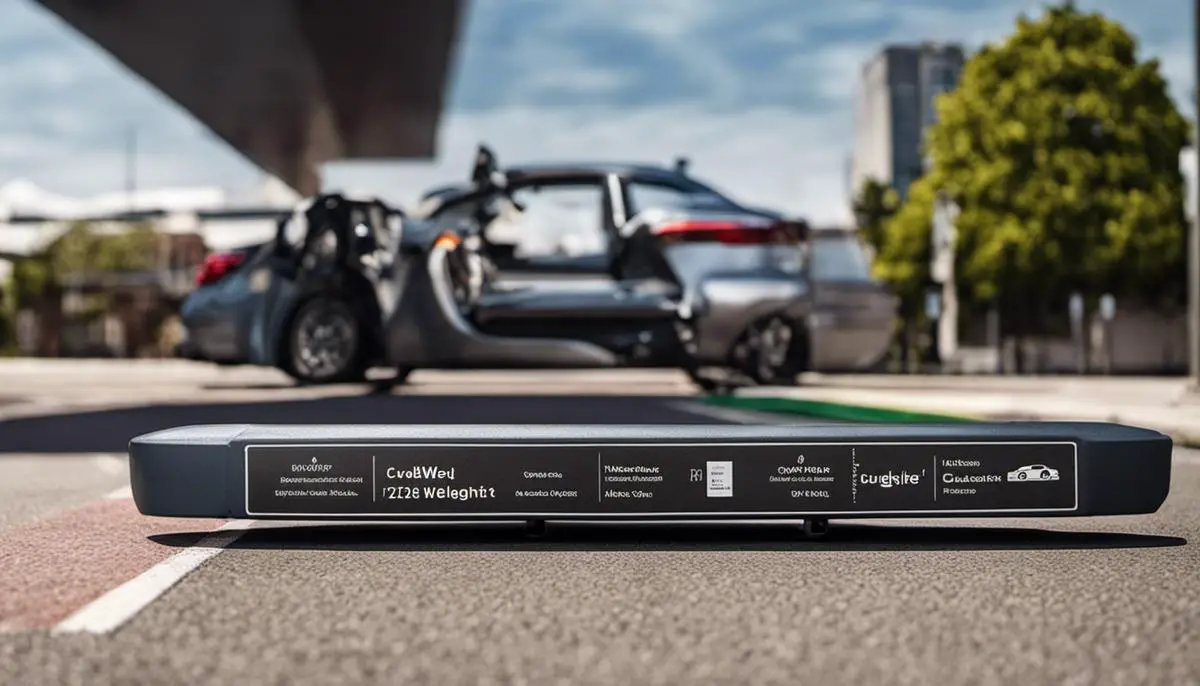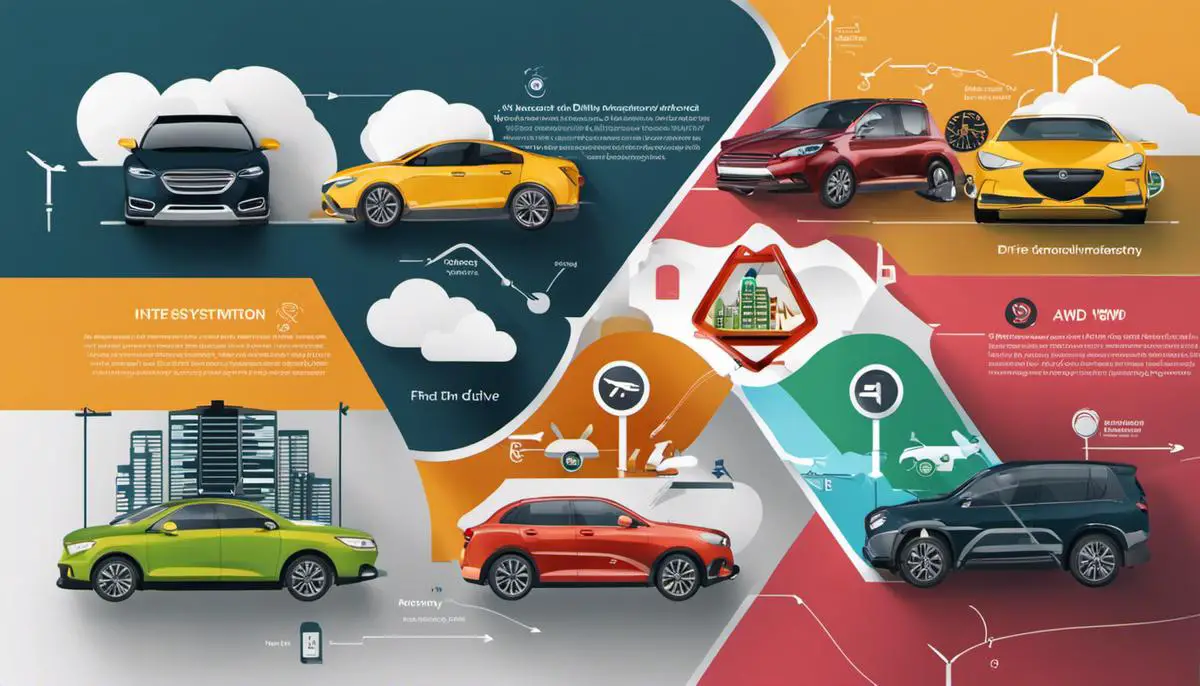The towing capacity of a vehicle, though often overlooked, plays a vital role in its performance, safety, and handling capabilities. It’s more than just a number; it’s an indicator of the power and endurance your vehicle possesses when pulling an additional load. Our aim here is to shed light on what towing capacity means, how it’s influenced by various factors, and why it is a critical component in the context of vehicular proficiency. We’ll venture into the impact of a vehicle’s specifications on its towing ability, the significance of towing ratings, and the fundamental safety practices that one should keep in mind while towing. This enlightening discussion will clear up common misconceptions and demystify complex terminologies related to towing capacity.
Contents
Understanding the fundamentals of towing capacity
Understanding Towing Capacity: The Heartbeat of Every Towing Adventure!
Stepping into the world of towing can be quite an electrifying endeavor. It’s a realm filled with powerhouse vehicles, iron-clad equipment, and the unending thrill of setting out into the unknown, all while pulling along a part of your world. One term that reverberates through this dynamic landscape is ‘Towing Capacity,’ a definite favorite of every towing enthusiast’s dictionary. So, what exactly is Towing Capacity and why does it demand our attention? Let’s dive right in!
At its core, Towing Capacity is a measure of a vehicle’s maximum weight limit that it can safely tow. It’s essential to understand that this capacity isn’t just about the trailer’s weight. It includes anything that adds weight to the vehicle such as passengers, luggage, and any additional equipment – collectively known as payload. Essentially, it’s the vehicle, the trailer, you, your favorite adventure buddies, everything in the trailer and even that extra cooler for the drinks!
This fascinating concept stems from the blueprint of the vehicle and its mechanisms – the engine size, the powertrain, its brakes, the chasses strength, and the hitch interplay. It’s the grand equation where the titans of automotive engineering and physics dance their tango!
Understanding this dynamic duo of vehicle and trailer essentially becomes the roadmap to a safe and successful towing journey. After all, a mismatch in capacities can potentially lead to nasty consequences: damage to the vehicle, poor handling, delayed braking, and in worst-case scenarios, even accidents.
By knowing your vehicle’s towing capacity, decisions about what type of trailer to tow will be more informed, safer, and more efficient. It means you’ll veer clear of the perils of overloading your vehicle, and most importantly, it extends the life of your vehicle by preventing unnecessary wear and tear. Essentially, knowledge about towing capacity injects a sense of responsibility while ensuring safety on every journey, making it an absolute must-know for every towing buff.
Now, how does one uncover the magic figure of towing capacity? Start by taking a peek into your vehicle’s owner’s manual. For increased ease, most manufacturers today append this number on a sticker inside the driver’s door. Some automobile companies even have an online towing capacity lookup tool, a virtual treasure trove for any towing aficionado!
The world of towing is every bit as exciting as it sparks your curiosity. It’s quite a journey, filled with the promise of adventures yet to unfold. But remember to first imbibe the golden rule of this universe – respect for Towing Capacity.
So go ahead, prep up, hook that trailer, and embrace the open roads! The world awaits you, and you’ve got the horsepower to explore it! Don’t forget to keep that towing capacity in mind, it might just be your best road companion. Happy towing!

Vehicle specifications and their impact on towing capacity
Heavy Duty Hitch Types and Their Impact on Towing Capacity
The Earth whispers secrets of towing power in the ear of the one willing to listen. And what most of us overlook is the physical sich—the powerful linkage between hauler and hauled. Hitch underappreciation is an oversight that can harm equipment, shatter egos, and incite law enforcement. But no more. Together, we’ll explore this unseen world, and with knowledge, transform it from unknown to understandable.
To the untrained eye, a hitch is just a chunk of metal – but to the towing connoisseur, it is the pivotal point of power transfer, direction control, and essential communication between vehicle and trailer. The hitch type can dramatically affect towing capacity, often being the defining factor in a successful haul and an unfortunate mishap.
The most common type of hitch is the rear receiver—common, perhaps, but chock full of potential. This hitch is bolted onto the frame of the vehicle, and its class ranking usually gives us a helpful estimation of towing power. For example, Class I can typically handle up to 2,000 pounds while Class V can take on mighty loads upward of 12,000 pounds, pointing to the importance of choosing the correct class for your task.
A fifth-wheel hitch adds another level of intrigue. These heavy-duty hitches are mounted in the truck bed above the rear axle, transferring much of the trailer’s weight to the vehicle’s frame. This setup enables drivers to tow vast amounts significantly exceeding the maximum limit of rear receiver hitches.
Gooseneck hitches, the third member of towing’s most-wanted, share some characteristics with fifth-wheel hitches, including in-bed placement. But their design offers increased turning radius—a boon for large trailers or tight spaces. While both hitches can handle substantial loads, the gooseneck is often chosen for livestock and automobile trailers due to its broader maneuverability.
Adding a weight-distribution hitch to a rear receiver can also revamp a vehicle’s towing capacity. The magic lies in its ability to distribute some cargo’s weight to the vehicle’s front axle, reducing swaying and improving handling. But remember – a weight-distribution hitch doesn’t increase the vehicle’s overall towing capacity; it simply optimizes performance within that existing limit.
While the right hitch can make all the difference, other factors matter too. The vehicle’s gross combined weight rating (GCWR) and the towed vehicle’s gross vehicle weight rating (GVWR) should always be considered. The GCWR is the maximum the vehicle and the trailer, including cargo and passengers, can weigh, whereas the GVWR includes only the vehicle and its cargo.
So, whether you’re hauling a Russian doll collection or an 11,000-pound yacht, take a moment to marvel at the humble hitch, the unsung hero of safe and efficient towing. Understand its capabilities and qualities; only then will your towing power truly hitch a ride on the road to success.
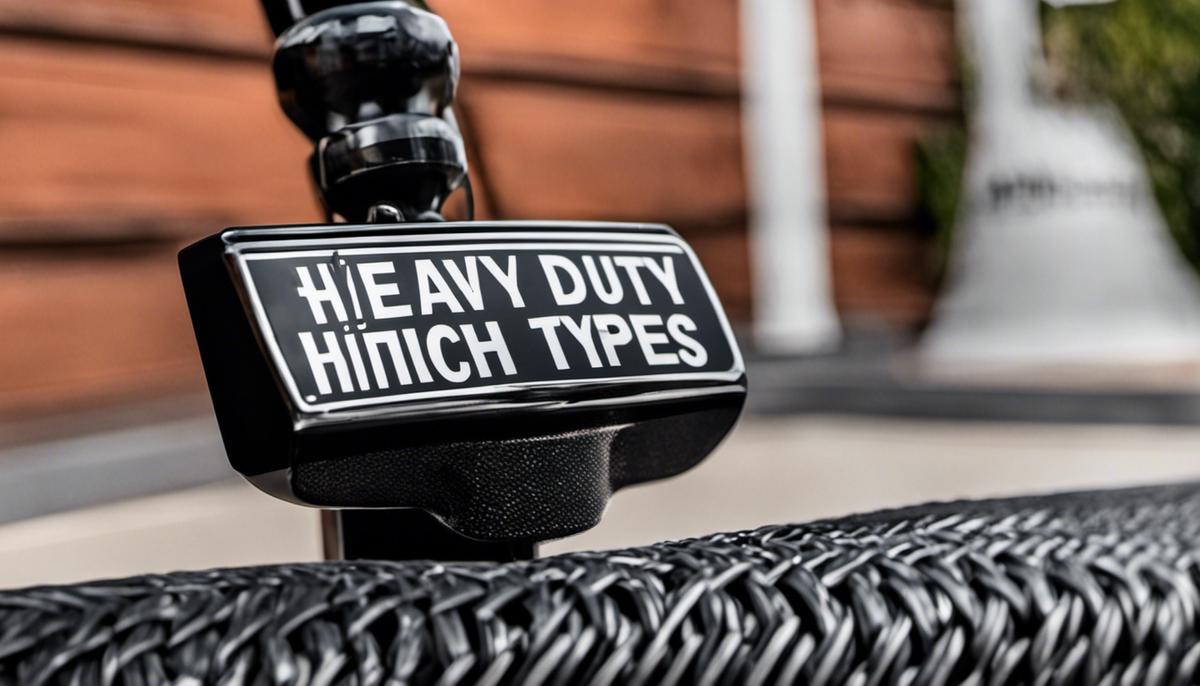
Understanding and interpreting tow ratings
Unlocking the True Cost of Ignoring Tow Ratings: Further Interpretation Dimensions
Now, as you venture deeper into the great adventure of towing, the thrill of the open road just gets bigger and better! This isn’t merely about understanding the basics. This is about taking that innate curiosity and the gratifying hobby of towing to tremendous new heights. With that said, let’s delve into the more subtle dimensions, like understanding the hitch types and what they mean for tow ratings, and factors like GCWR and GVWR that could impact your towing capacities.
There’s a symphony at play when it comes to hitches. More than just tools for connection, they’re gateways that largely define what kind of weight your vehicle can tow. The rear receiver hitches, classified from I to V, pave a scale of towing capacity from 2000 to 10,000 pounds. The class ranking reveals a lot about the capability of these hitches. Rotating within this range effectively allows for diverse towing types, from small trailers to considerable boat hauls.
Yet, as you traverse further into the towing world, you might find the rear receiver hitches limiting. They can provide the stepping stones to reach fifth-wheel hitches, giants capable of handling loads up to 26,000 pounds. Here, we’re talking full-sized, hard-sided RVs or massive horse trailers. The fifth-wheel hitches have become a choice for professionals due to their staunch stability and increased towing capacity.
Then again, what about the art of maneuvering that sizeable load? Gooseneck hitches come into play. More than just a ‘big truck’ hitch, these beauties offer an increased turning radius, further enhancing the towing experience. They underpin safer, more controlled navigation, imbuing the hobby of towing with an inspiring sense of command and precision.
Moreover, the beauty of retrofitting a weight-distribution hitch to a rear receiver shouldn’t be understated—a fine example of ‘strength in diversity.’ The additional weight-distribution system promotes a safer and more efficient towing experience by reducing trailer sway and improving vehicle control. It’s an accessory that carries the potential to transform novice towers into experts in the field.
Now, don’t forget about GCWR and GVWR, the two unsung heroes of towing safety. Gross Combined Weight Rating (GCWR) is the maximum permissible weight of your vehicle and towable load, including passengers, fuel, and cargo. This figure should not be taken lightly, as disregarding it could lead to catastrophic consequences. Similarly, Gross Vehicle Weight Rating (GVWR) indicates the maximum weight your vehicle can safely handle while on the road. Understanding how these figures interplay with your towing endeavors is vital in preventing unwanted wear and tear on your vehicle, or worse, compromising safety.
In the realm of accurate tow ratings interpretation and understanding, knowing how these elements work will greatly enhance your towing experience. It’s a thrilling exploration filled with crucial details that define the romance between performance, capacity, and safety. As enthusiasts, let’s maintain our passion for delving deeper into these dimensions, ensuring we don’t overlook even the smallest detail, all while embracing the open roads with respect for tow ratings! Armed with knowledge and respect, there’s no towing challenge we can’t conquer safely and efficiently. Here’s to the journey ahead!
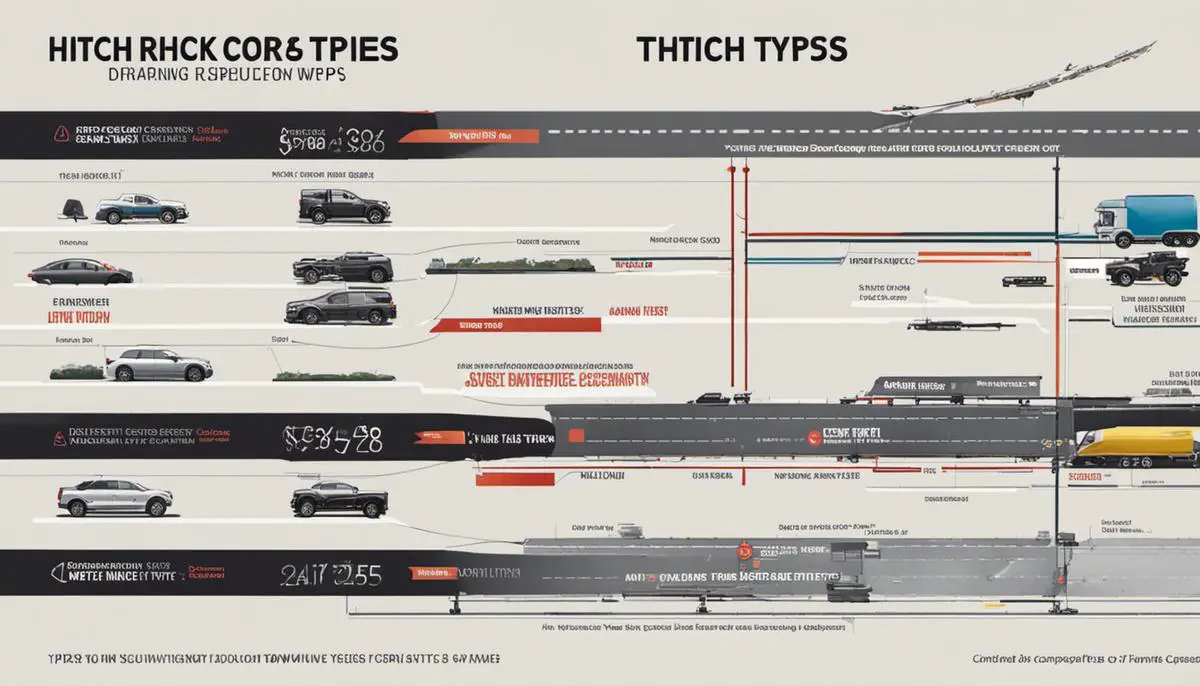
Towing safety tips and best practices
Just when you thought you’ve mastered the towing world, there’s more! Let’s delve into best practices and essential safety tips to ensure the journey to your weekend getaway, camping expedition, or any other endeavor that involves tugging something along, is nothing short of pure bliss.
Seed number one in the towing garden: correct loading and distribution of weight. Insistently, weight distribution isn’t just about avoiding an imbalanced trailer; it impacts your vehicle’s handling on the road. An insufficiently loaded or unevenly balanced load can lead to trailer sway, an unnerving situation that brings to life a whole new slew of safety risks. Rule of thumb: place roughly 60% of the weight towards the front of the trailer for stability.
Pay keen attention to truck and trailer maintenance. It’s one thing to be wind-driven, carefree, cruising along the highways, and it’s another to do it while listening to the asynchronous creaking and grinding of an ill-maintained hitch. Regular maintenance checks will offer not just a smoother ride, but a safer one. Double-check essential elements—brakes, tires, lights, hitch and coupler, supports—mechanical or otherwise, are in proper condition and fully functional.
Next up is one of the fundamental aspects of towing safety — the ropes. Only use ropes and cables designed for towing. Not only do they have the strength to withstand the forces involved, but they also come in visible colors. This makes it easier for other drivers to see your setup, especially if you’re towing a smaller load that might not be as visible.
In a towing scenario, that rear-view mirror is no longer just a glancing opportunity at your beaming face. It becomes a high-priority safety tool. You may want to invest in clip-on mirrors or upgrade to custom towing mirrors for a wider field of vision, crucial when changing lanes, reversing, or just general monitoring of your precious load.
Finally, remember the age-old quote: haste makes waste. It’s particularly relevant to towing. Higher speeds increase the risk of losing control. A slower speed allows for better control and more time to react to sudden stops or changes in traffic. When towing, always stay within the stipulated speed limits and maintain a safe distance from other vehicles.
Towing, no doubt, infuses an element of fun into driving. It’s like being in a team where you set the rules, you set the pace, and where everyone relies on you for guidance. But remember, as Spiderman’s Uncle Ben said, “With great power, comes great responsibility”.
In towing, that responsibility entails maintaining your vehicle, knowing your hitch, understanding weight distribution, and respecting road etiquette. Happy towing!
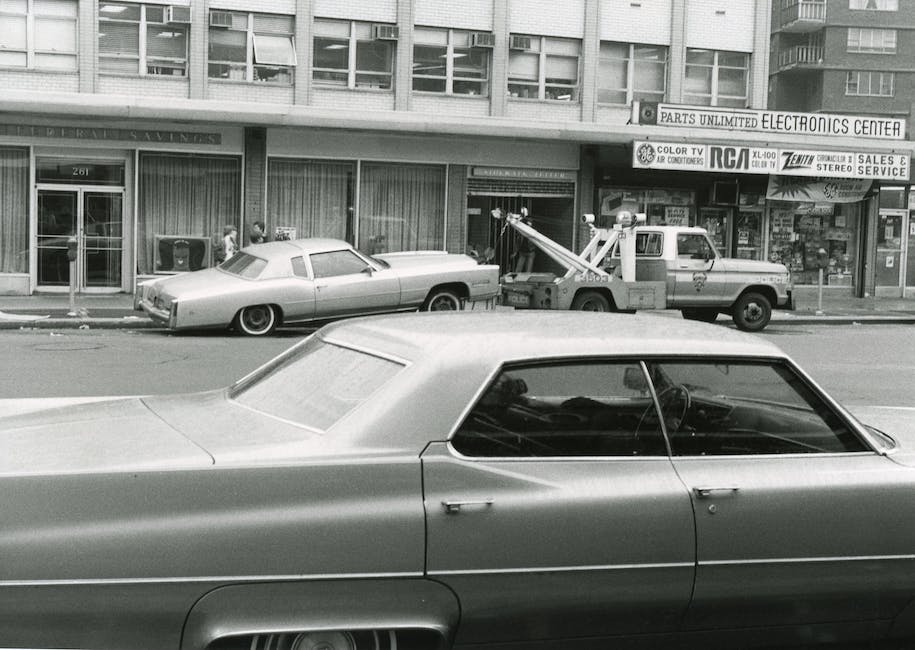
From the pages above, we’ve journeyed through understanding the basics of towing capacity, dissecting various vehicle specifications and their impacts on it, demystifying towing ratings alongside their implications, and touching on the critical aspect of safety practices when towing. The takeaway from this fruitful investigation is the realization that the towing capacity of a vehicle deserves measured respect. As we’ve ascertained, the repercussions of going beyond the prescribed limits can jeopardize both the health of the vehicle and the safety of the driver. Thus, being well-informed on these parameters is not merely an added advantage but a prerequisite for anyone who’s planning to hitch a trailer onto their vehicle or indulge in heavy towing tasks.
